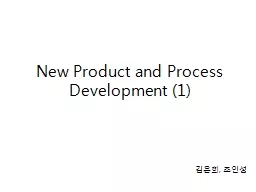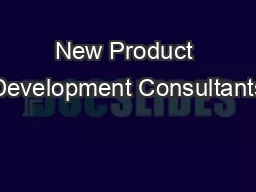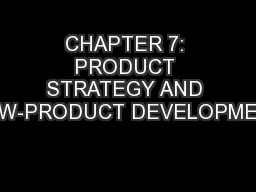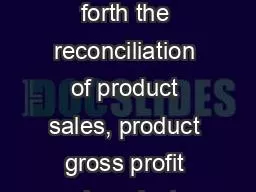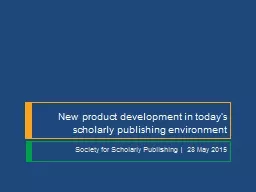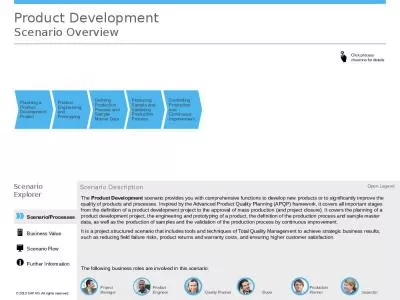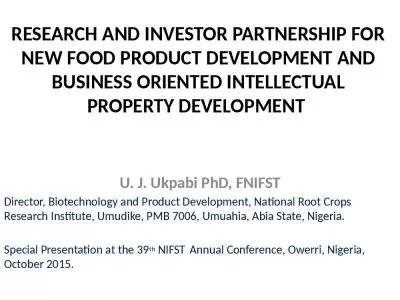PPT-New Product and Process Development (1)
Author : pasty-toler | Published Date : 2016-08-06
김은희 조인성 Goodness of Fit 디자인의 궁극적인 목적은 form 이다 Form 형성의 이유 세상이 완전히 regular or homogeneous 하다면
Presentation Embed Code
Download Presentation
Download Presentation The PPT/PDF document "New Product and Process Development (1)" is the property of its rightful owner. Permission is granted to download and print the materials on this website for personal, non-commercial use only, and to display it on your personal computer provided you do not modify the materials and that you retain all copyright notices contained in the materials. By downloading content from our website, you accept the terms of this agreement.
New Product and Process Development (1): Transcript
Download Rules Of Document
"New Product and Process Development (1)"The content belongs to its owner. You may download and print it for personal use, without modification, and keep all copyright notices. By downloading, you agree to these terms.
Related Documents

